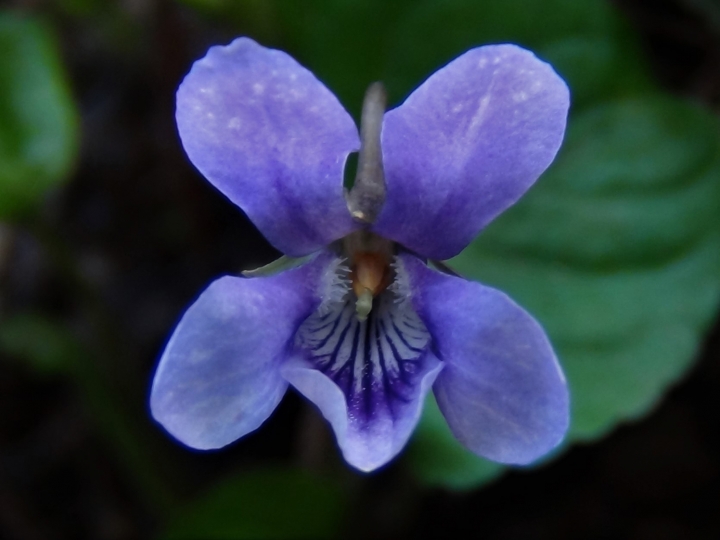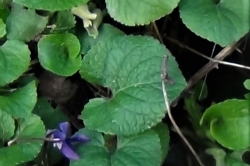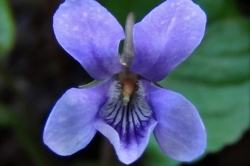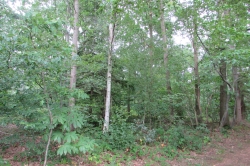The roots and seeds of this plant are toxic and should not be eaten. The flowers were traditionally used as a flavouring in puddings and sweets or crystallized and used as an edible decoration.
Home / Hedgerow Guide /
Violet
Violet
| Hedgerow Type | |
| Common Names |
Wood Violet, Sweet Violet, English Violet |
| Scientific Name |
Viola odorata |
| Season Start |
Jan |
| Season End |
Dec |
Please note that each and every hedgerow item you come across may vary in appearance to these photos.
Possible Confusion
The largest leaves could be confused with winter heliotrope so its best to identify while in flower.
Smell
Sweet and violet like.
Taste
The flowers taste faintly sweet and like ‘Parma violets’ the sweets. The young leaves can be eaten as a green vegetable or in salads.
Frequency
Common.
Collecting
It is best to take just a few flowers or leaves as it looks better growing and does not have a particularly strong flavour.



 (20 votes, average: 3.90 out of 5)
(20 votes, average: 3.90 out of 5)























